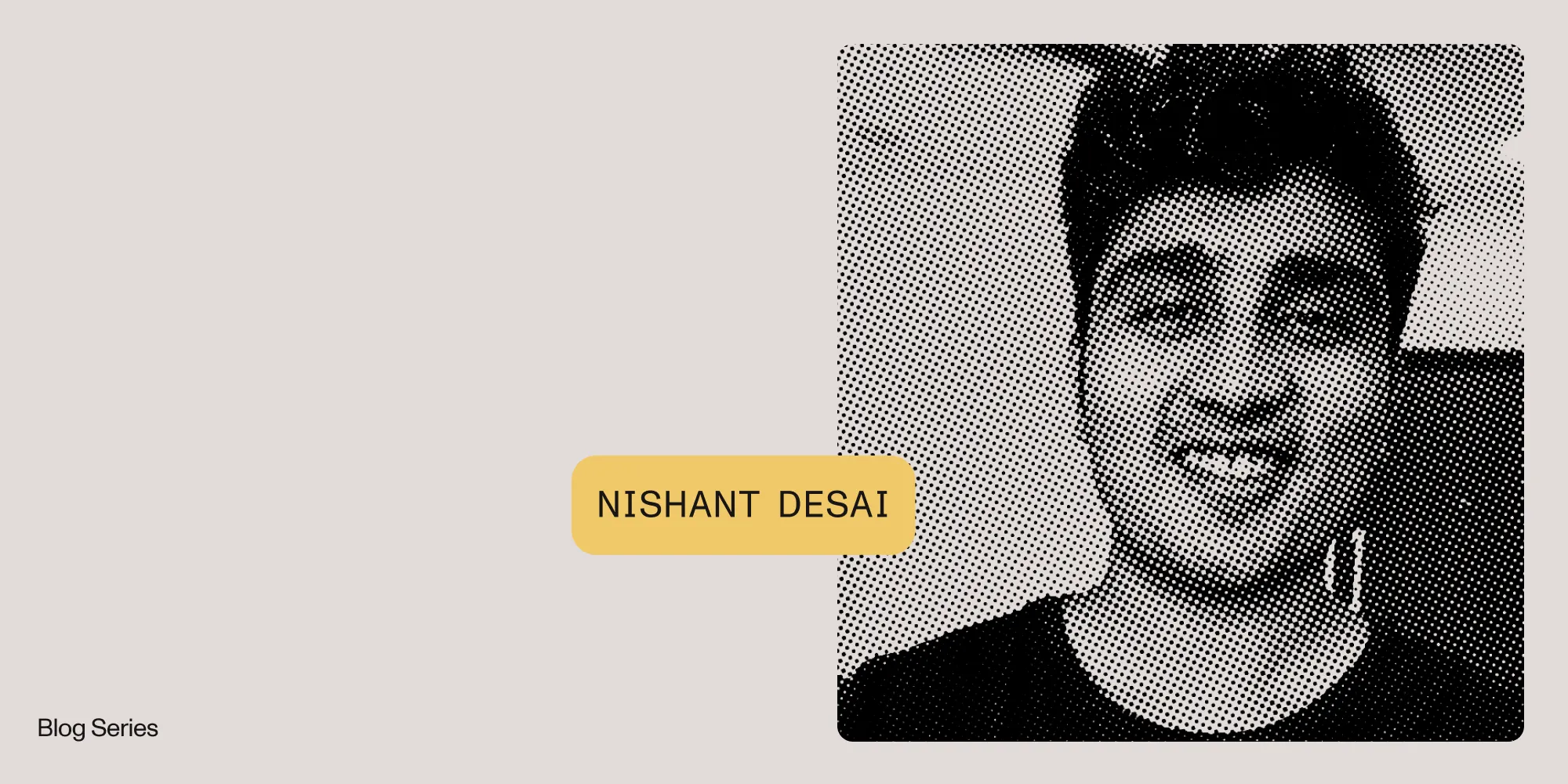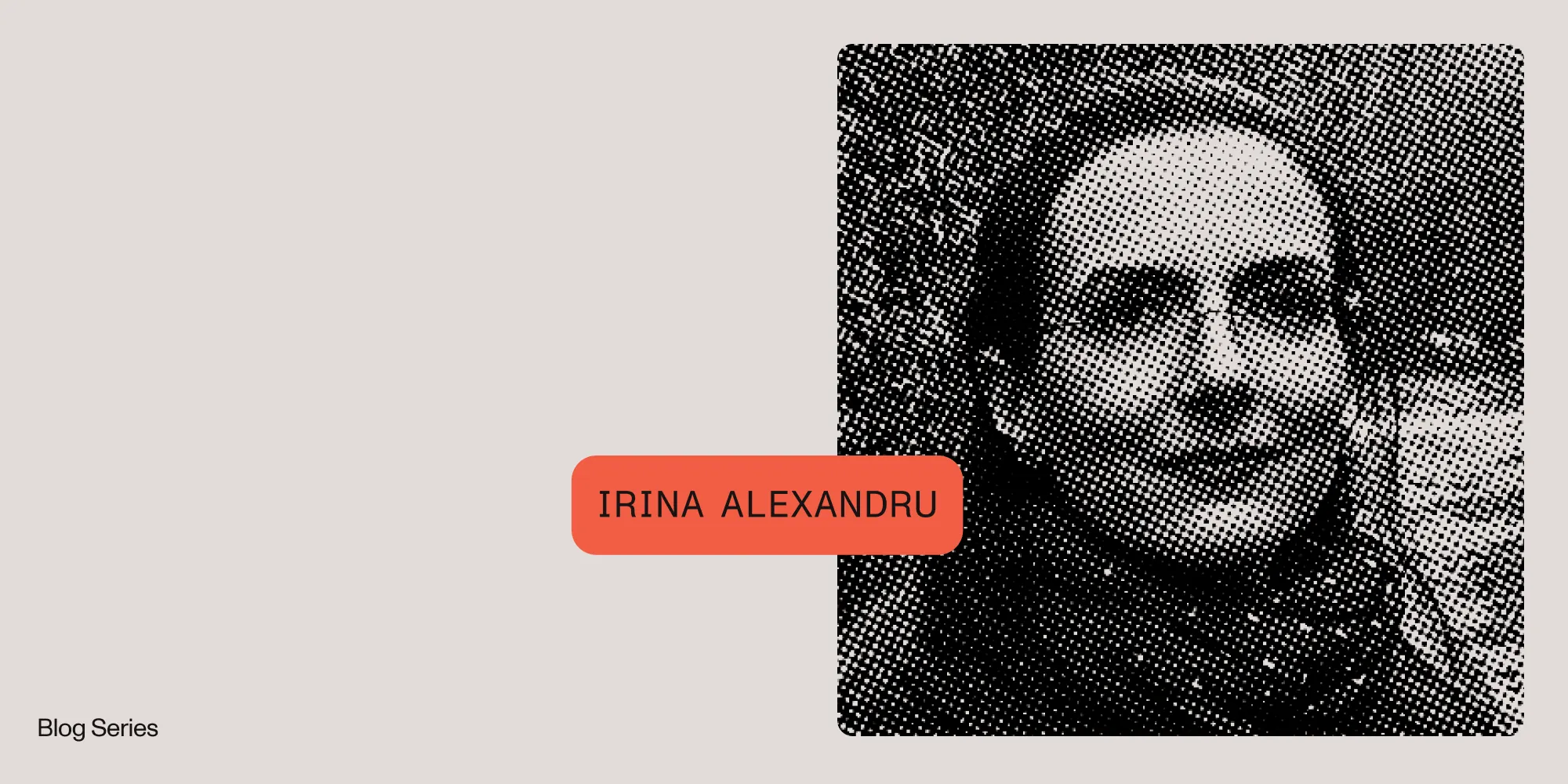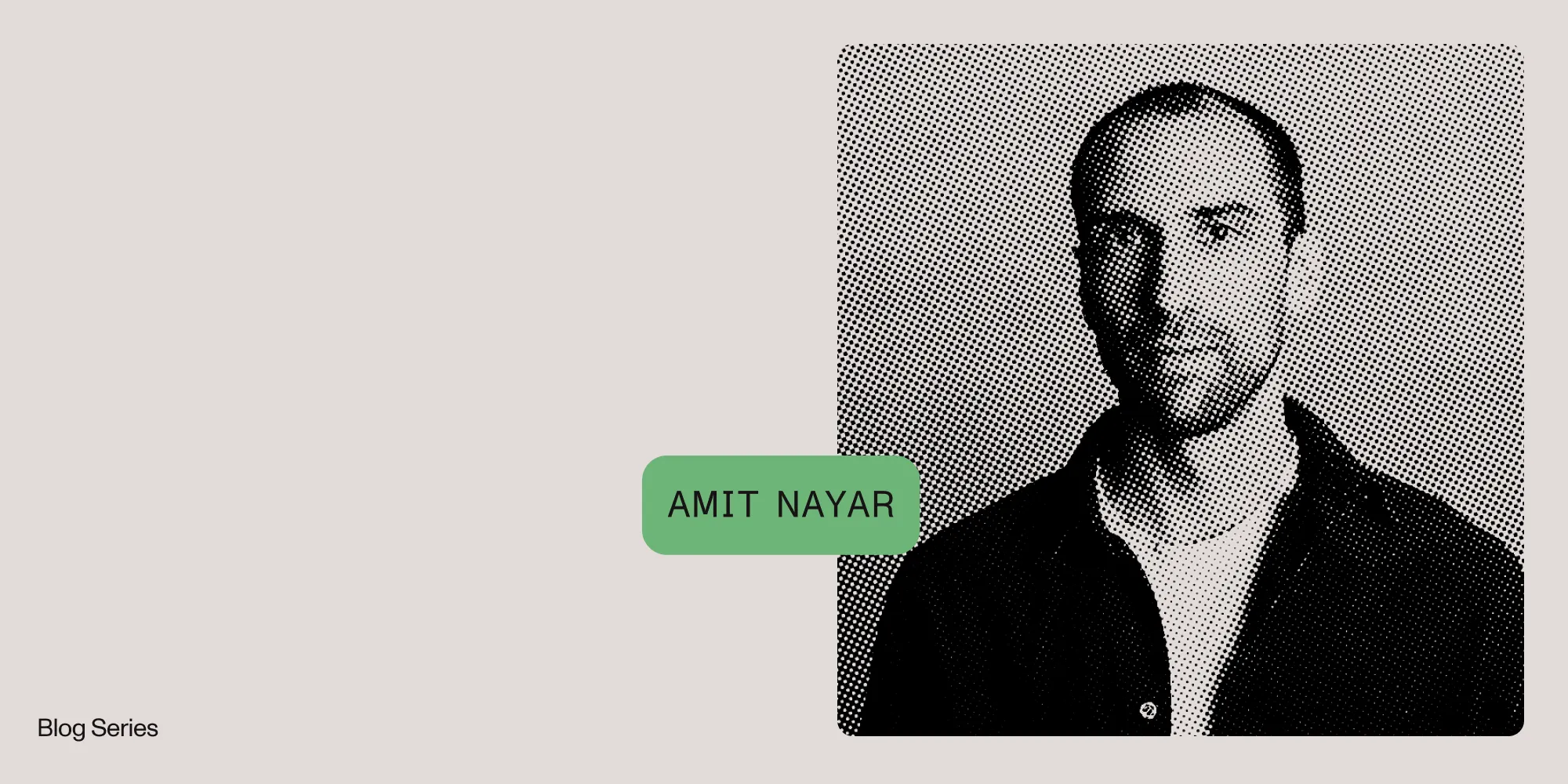Behind the code with Nishant Desai
Table of contents

We recently kicked off a new blog series, “Behind the code: Stories from Nutrient engineers.” For the first installment, we spoke with Patrik Weiskircher, who is the Core team lead. Today, we’re sharing some insights from Nishant Desai, who’s been a member of the iOS team since 2018.
In this post, Nishant reflects on his journey in the tech industry, providing a glimpse into the life of someone who’s grown both personally and professionally over the years. From the early days of feeling uncertainty, to becoming a valuable and seasoned contributor, Nishant’s story is one of persistence, learning, and continuous self-improvement.
From numbers to programming
Nishant’s Nutrient journey began long before he started working here — he first discovered the company through its technical blog posts. In particular, he was drawn to the work the iOS team was doing and decided to apply for a junior position when one opened up. And as luck would have it, he was hired.
Prior to that, Nishant studied commerce in junior college and was considering becoming an accountant or doing something with business. However, he eventually realized that working with numbers would likely be “slightly monotonous,” so he switched gears to something he’d always been curious about — computers — and began pursuing a degree in Information Technology.
His fascination with iOS technology began when he borrowed his father’s iPad to play games, and the various apps intrigued him. “At the same time,” he said, “we were learning programming in college, and I thought, ‘OK, it’d be interesting to be able to build something that could run on this device.’” This curiosity led him to learn Objective-C, the first programming language he mastered, setting the foundation for his career in iOS development.
Growing as a developer
Over the past six years at Nutrient, Nishant has seen significant growth, both in his technical skills and his overall development as an engineer. He admits that in the beginning, he perceived himself as someone who had a lot to learn, not just technically, but also in terms of soft skills like communication and collaboration.
“I feel like I’ve grown a lot as a person,” he said. “The person I was when I joined here is completely different from who I am now.”
One of the key areas where Nishant experienced growth is in handling disagreements and providing constructive feedback, noting that he’s learned to be calm and considerate when communicating. He also said he’s always trying to improve his writing communication. “I feel I have the tendency to give a lot of background, even when it’s not needed,” he said. So he’s working on being more succinct in his writing — something that’s especially important in an asynchronous working environment.
Nishant also highlighted the value of working with people from different backgrounds and cultures, sharing that the exposure to various viewpoints and approaches has been instrumental in shaping not only how he works but also how he interacts with others.
Balancing focus and distractions
Like many developers, Nishant has had to come up with ways to effectively manage his work. He admitted to being easily distracted, often finding himself juggling multiple tasks at once — such as responding to support tickets, changing code, writing product insights, and responding to Slack pings — all of which can lead to a loss of focus.
“A lot of the times, I start working on something, and then I realize, ‘Oh, wait, there’s another task that has been waiting for me,’” he shared.
To combat this, Nishant has developed a system to stay organized and focused. After trying a variety of tracking systems — including typing up notes, using a Kanban board, or just remembering things in his head — he recently started using a notepad to jot down tasks and prioritize them for the day.
“I started this only about two weeks, three weeks back... but there are times when I actually forget to write in this as well,” he laughed.
Despite this, he finds the practice helpful in keeping track of his work and staying on top of his responsibilities. Although he says it’s sometimes a challenge to read his own handwriting, he likes that he’s able to easily flip through pages to find things. “It also feels more intuitive, rather than just writing on a screen,” he added.
And when he really wants to focus on a task, he’ll quit all his apps except Xcode and the Notes app and work for uninterrupted hours at a time until something will make him realize he should take a break.
New tools and techniques
Being an engineer requires adopting and adapting to new technology, and Nishant has also embraced modern tools like ChatGPT to improve how he works. While he doesn’t rely on it heavily, he finds it useful for tasks like writing documentation and even communicating with others.
“Sometimes, before writing a long message, I’ll ask ChatGPT, ‘What do you understand of this?’ If the interpretation is close to what I’m trying to explain, I usually go ahead with that,” he explained. This has helped him improve his communication, ensuring his messages are clear and easily understood by others.
However, despite his years of experience, Nishant said he still faces challenges, particularly in making sure his work is maintainable and scalable. “If I’m working on a feature that we want to add more things to, say, two months down the line, I want to be able to produce the kind of work that makes it easy for whoever else is going to be working on it later to understand and expand on it,” he explained.
Culture of openness
According to Nishant, the iOS team is really collaborative, but so too is the entire engineering organization at Nutrient.
Whether working with his teammates or with engineers on another team, “if you want to know what’s going on or what someone is working on, or if you’re stuck somewhere, you can always reach out; there are always people to help you,” he said.
And although he doesn’t know if it falls under the umbrella of culture, Nishant noted that there are a lot of “super smart” people at the company, which has not only made him feel supported, but has helped him learn and grow.
“The people you work with are always smarter than you are, not only in the technical aspects, but also in everything else,” he said. “The amount of information within the group and the amount of things I can learn is so immense.”







